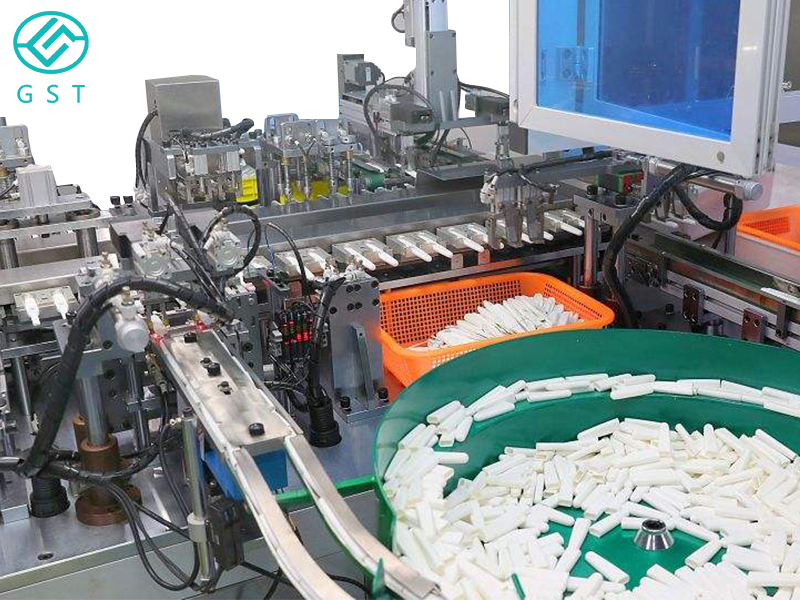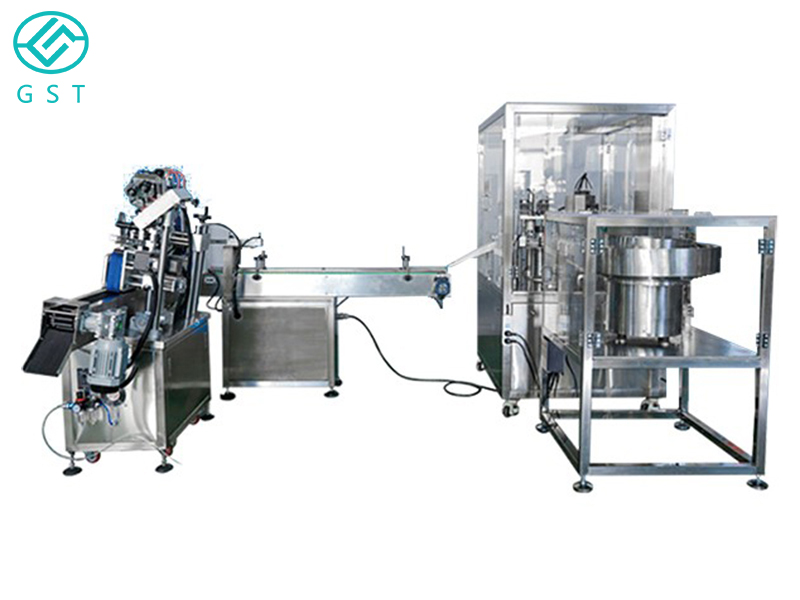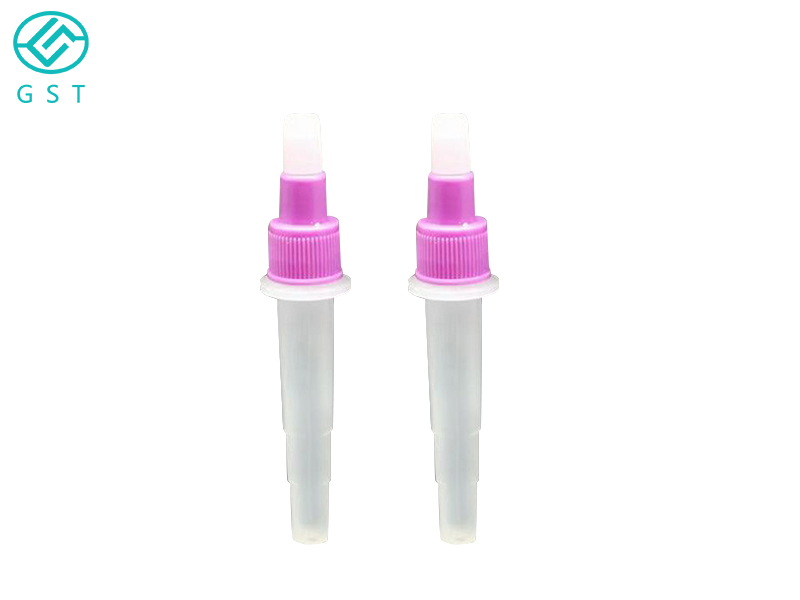Release Date:2022-12-09 09:39:45 Popularity:
GST antigen detection reagent automatic assembly machine manufacturers often receive such inquiries: What is antigen detection? Who needs to do antigen detection? How to do antigen detection? Where can I buy antigen detection reagents?

1. What is antigen detection? What is the difference from nucleic acid detection?
Nucleic acid detection is to detect the RNA genome of the new coronavirus, while antigen detection is to detect the viral protein. Simply put, antigen detection detects the "coat" of the virus, while nucleic acid detection detects the "core" of the virus. Antigen detection is more convenient and faster (the result is usually available in 15-20 minutes), but the sensitivity is slightly lower. Nucleic acid detection is more complicated and takes a long time to obtain (it takes at least 2-3 hours to get the result), but the sensitivity is higher.
2. Who needs antigen testing?
The applicable objects of the new coronavirus antigen test are: people who need independent antigen detection; people in densely populated places (large enterprises, construction sites, universities, etc.); elderly people living at home and elderly people in nursing homes.
In addition, people who go to grass-roots medical and health institutions with symptoms such as respiratory tract and fever and have symptoms within five days; isolation and observation personnel can also undergo antigen testing.

3. How to do antigen detection?
Antigen reagents are stored and transported at room temperature between 2°C and 30°C. Antigen kits include test cards, extraction tubes, disposable samplers (swabs), sealed bags, and instructions.
Before antigen detection, first disinfect and wash hands, clean nasal cavity, and check reagents; then take out the swab (be careful not to touch the top of the swab), insert the swab into the nasal cavity 1-1.5 cm, and rotate 4 times on each side; put the swab Put the swab into the sample eluent and swirl for 30 seconds, and at the same time squeeze the swab head 5 times through the outer wall of the tube with your hands; drop the eluent on the test card, and wait for 15 minutes to interpret the result.
If two red lines c and t appear, it means that the new coronavirus antigen test is positive; if only one red line appears on the c line, it means that the new coronavirus antigen test is negative; if there is no visible line, or only one line appears on the t line, it means the result Invalid, you need to use a new test card for testing.

4. How should the used self-test reagent be disposed of?
For isolated observers, regardless of whether the test result is negative or positive, all used sampling swabs, sampling tubes, test cards, etc. are put into sealed bags and disposed of by management personnel according to medical waste or according to procedures. For community residents, if the test is negative, all used nasal swabs, sampling tubes, test cards, etc. should be put into sealed bags and disposed of as general garbage; if the test is positive, please contact the community immediately and report to the relevant department for disposal and treatment of medical waste .